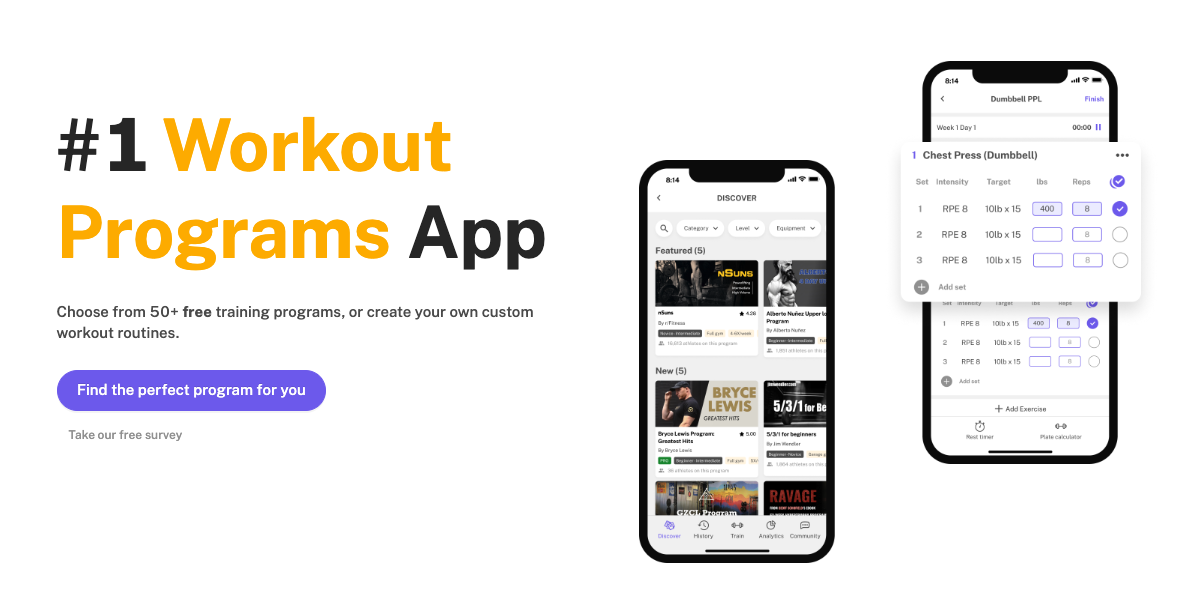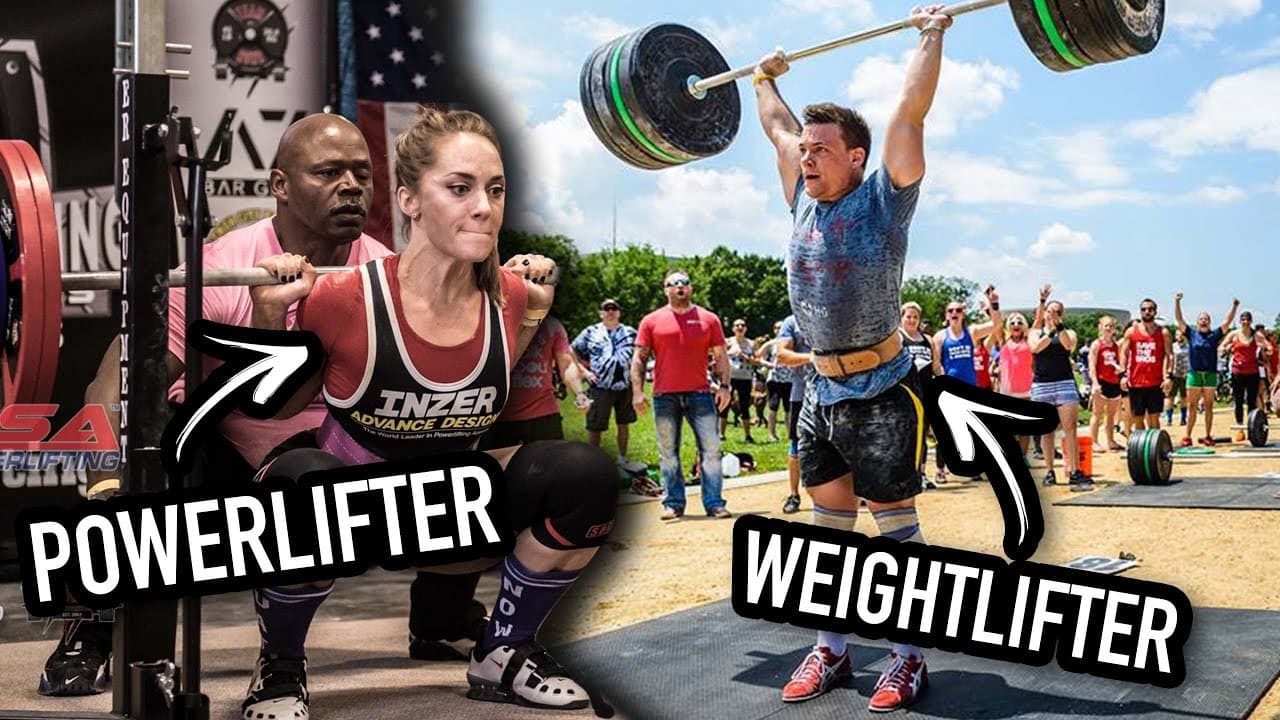Powerlifting vs. Weightlifting: Pros, Cons, and Differences
Written by The Boostcamp Editors
Powerlifting vs. Weightlifting: The Ultimate Comparison
You’re interested in getting stronger, improving your physique, and maybe even competing in a strength-based sport. Powerlifting and weightlifting (aka Olympic weightlifting) are two of the most common gym strength sports in the world. But what’s the difference between these two sports? Let's take a deeper look into the world of powerlifting and weightlifting, examining the pros, cons, and key differences between these two popular strength sports. By the end, you'll have a better understanding of which one may be the best fit for you and your fitness goals, and how you should cater your workout routines to hit those goals.
Let's break it down.
Powerlifting Overview
First off, we should break down exactly what powerlifting is before comparing it to weightlifting.
What is powerlifting?
Powerlifting is a strength sport that focuses on maximizing your strength in three main barbell exercises: the squat, bench press, and deadlift using a specialized powerlifting bar. These three exercises are collectively called the “Big 3” lifts, also known as the main compound lifts, and the goal is to reach a maximal weight for one repetition in each exercise, also known as a one rep max. As a powerlifter, your goal is to lift as much weight as possible in these three exercises using a powerlifting bar, and competitions are based on the combined total weight lifted for your highest 1 rep max on each exercise.
The squat, bench, and deadlift are not just measured in competition, and are commonly performed in gyms around the world as standards of strength. I’m sure you’ve heard people ask “how much ya bench?” at one point in your life. Bodybuilders who primarily care about building muscle and aesthetics will often perform the Big 3 exercises as main compound exercises in their training.
Read the article Powerlifting vs Bodybuilding to learn more.
Competition Powerlifting Exercises
Squat
The squat is a classic lower body exercise that you can find in just about any training program, and it targets your quadriceps, hamstrings, and glutes. It also engages your core and back muscles to maintain proper form throughout the movement.
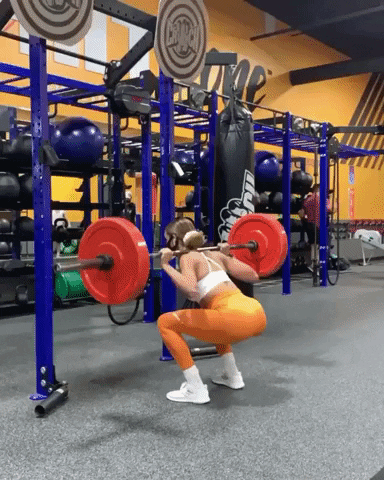
Bench Press
This classic upper body exercise is also used in plenty of training programs, and targets your chest, your shoulders, and triceps. It also requires stabilization from your lats and core muscles.
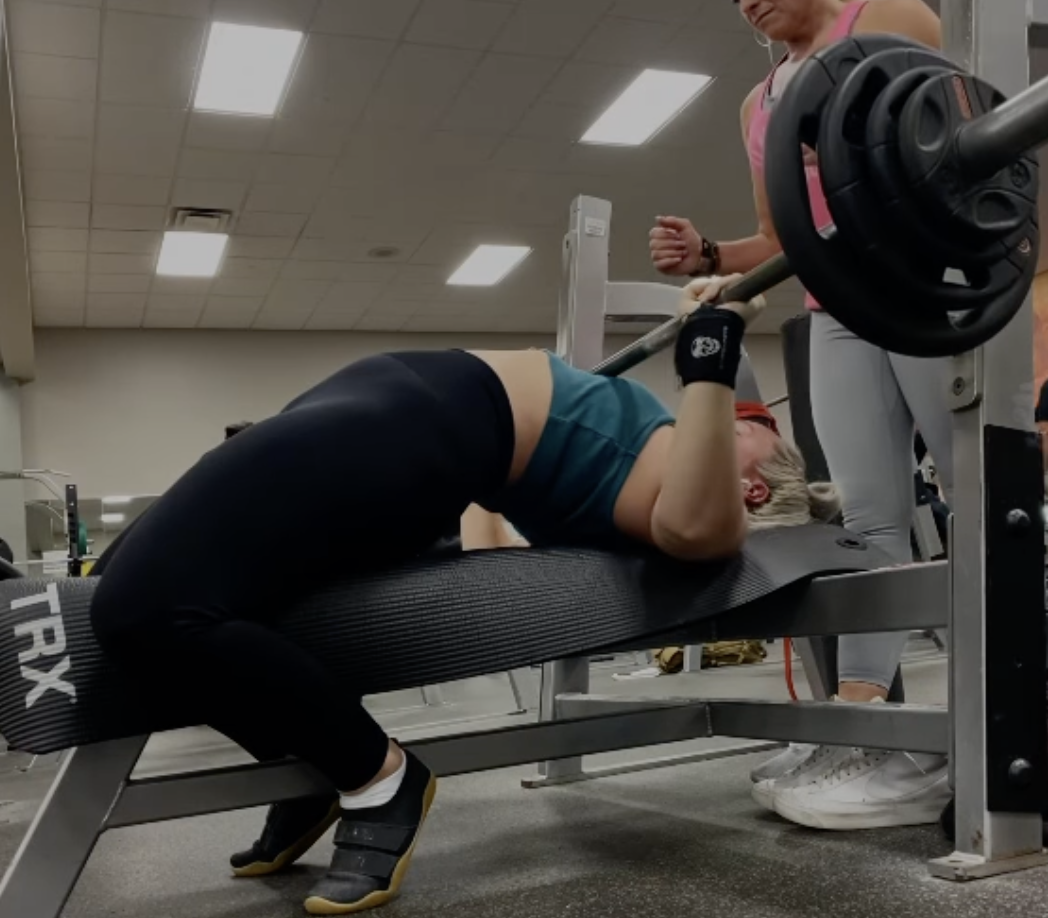
Deadlift
The deadlift is considered a total-body exercise that primarily works your hamstrings, glutes, and lower back muscles, though it is often used on a back day or a leg day. It also engages your lats, traps, and core for stabilization.

Accessory exercises
As a powerlifter, you will not just be focusing on the big 3 compound lifts, but you will also be performing dozens of other accessory gym exercises to build size and strength, and endurance in order to help you get better at the Big 3. Example exercises may include the overhead press, dumbbell press, barbell rows, good morning, Romanian deadlift, and various dumbbell, cable, and machine-based exercises, often using metal plates.
Pros of Powerlifting
Builds overall strength
Powerlifting is designed to increase your maximal strength in the three main lifts, leading to improvements in your overall physical capabilities for sports.
Simple and effective
The three main lifts in powerlifting are relatively easy to learn and require minimal equipment, making it accessible to many people.
Develops mental toughness
Pushing through heavy lifts can help build mental resilience, a valuable trait both in and out of the gym.
Supports bone health
The heavy loads in powerlifting help stimulate bone growth, which can be beneficial for maintaining bone density as you age.
Cons of Powerlifting
Risk of injury
Lifting heavy weights can increase the risk of injury if proper technique and safety measures are not followed.
Limited focus on aesthetics
Powerlifting primarily focuses on strength, so it may not be the best option if your main goal is to improve your appearance.
Can be intimidating
The heavy weights and intense atmosphere of powerlifting can be intimidating to some, especially beginners.
How to Train for Powerlifting
A powerlifting program typically involves training three to five days per week, focusing on the squat, bench press, deadlift, and their variations. Training programs typically involve different types of progression, such as increasing weight by 5 lbs every week, also known as progressive overload.
Following a sound powerlifting program is crucial for getting stronger and making progress. It's important to prioritize proper technique and progressively overload your muscles by gradually increasing the weight you lift. To avoid overtraining, include adequate rest and recovery time in your program.
Best Free Powerlifting Programs
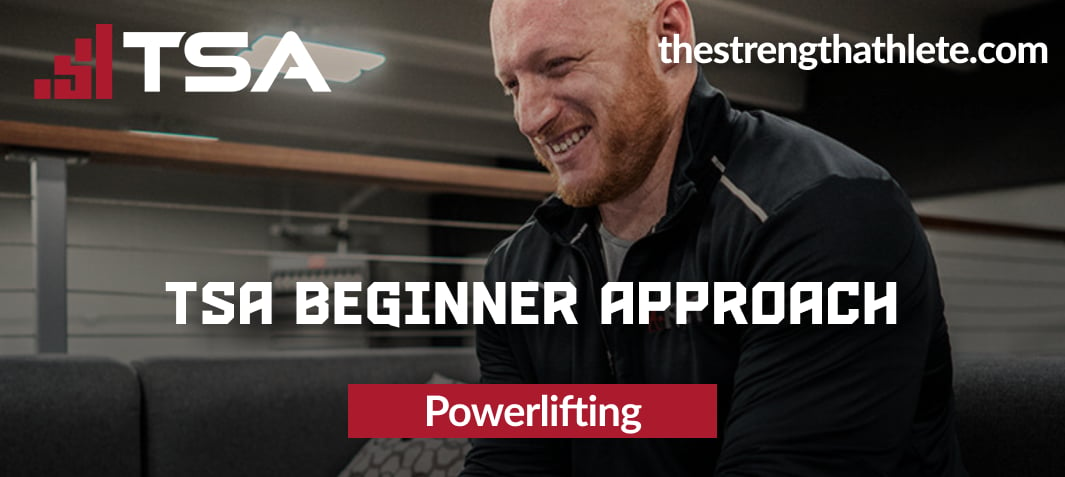
4x per week, 9 week beginner powerlifting program made by champion powerlifter Bryce Lewis and The Strength Athlete coaching group. This is a wave loading progression program (meaning every week is slightly different) that you can run over and over again to make strength and size gains.

3x per week program by Mark Rippetoe that is famous across the internet as a tried and true method for getting stronger on the squat, bench, deadlift, and overhead press. The program is brutally simple to follow with only 2 alternating workouts.
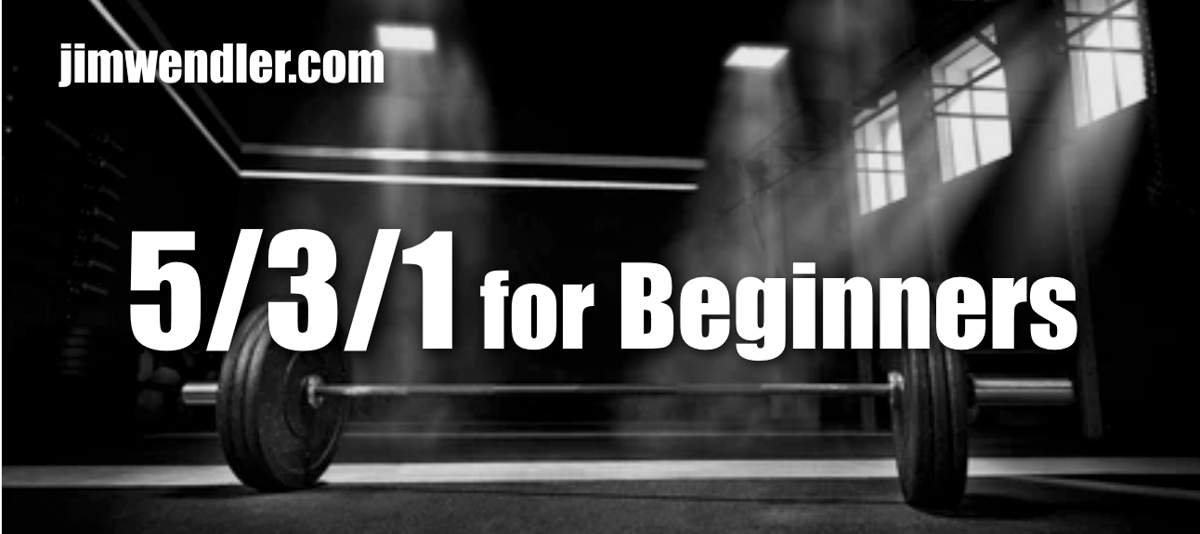
3x per week program by the legendary powerlifter Jim Wendler that follows his famous 5/3/1 training philosophy. This particular template was specifically designed for beginners who want to improve their compound lifts in a 3 week cycle to be run over and over again.
3x per week program for building muscle and strength by Cody Lefever. This is a program with a cult following on Reddit. This is a powerbuilding (powerlifting x bodybuilding) program to help you increase your Big 3 but also drive muscular hypertrophy.
Weightlifting
Now that we have discussed exactly what powerlifting is, let's take a look at Olympic weightlifting and see how they compare.
What is Weightlifting?
Weightlifting, also known as Olympic weightlifting, is a sport that consists of two competition exercises: the snatch and the clean and jerk, both of which are overhead lifts. The goal in weightlifting is to lift the heaviest possible weight in these two exercises, with competitions scored based on the combined total weight lifted for a 1 rep max. Weightlifting requires a combination of strength, power, speed, and mobility, making it a challenging and dynamic sport that involves lifting heavier weights, it also builds a good amount of functional strength.
Weightlifting Exercises
Snatch
The snatch is a single, explosive movement in which you lift the barbell from the ground to overhead in one motion. It requires a high level of speed, power, flexibility, and technique.
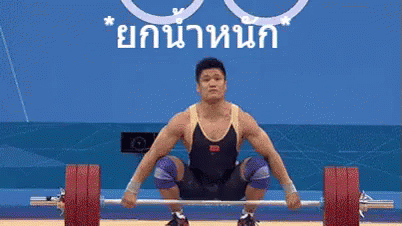
Clean and Jerk
This exercise involves two distinct movements: the clean, where you lift the barbell from the ground to your shoulders, and the jerk, where you explosively push the barbell overhead. The clean and jerk requires strength, power, and precision.
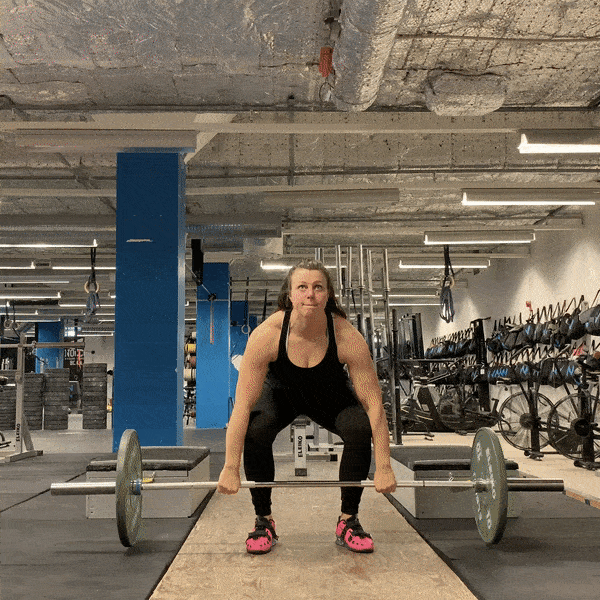
Source: https://www.strengthlog.com/
Pros of Weightlifting
Develops explosive power
Weightlifting focuses on fast, powerful movements, helping you develop explosive strength that can transfer to other sports.
Enhances athleticism
The snatch and clean and jerk require a combination of strength, speed, flexibility, and coordination, leading to improved overall athleticism.
Engages the entire body
Both exercises work multiple muscle groups simultaneously, resulting in a balanced and functional physique.
Challenges your mind
The technical nature of weightlifting can be mentally engaging, as it requires constant attention to form and technique.
Cons of Weightlifting
High learning curve
Weightlifting can be difficult to learn, especially for those without a background in sports or fitness, as the exercises require complex and precise movements.
Risk of injury
As with any sport involving heavy weights, there is a risk of injury if proper technique and safety measures are not followed.
Limited accessibility
Weightlifting requires a coach and specific equipment, such as a weightlifting platform and bumper plates, which may not be readily available in all gyms.
Can be time-consuming
Due to the technical nature of the exercises, weightlifting sessions can be lengthy, making it more challenging to fit into a busy schedule.
How to Train for Weightlifting
A weightlifting program typically involves training three to six days per week, focusing on the snatch and clean and jerk, as well as their variations and accessory exercises. It's crucial to prioritize technique and gradually increase the weight you lift as you become more proficient. Include adequate rest and recovery time in your program to avoid overtraining and injury. Weightlifters may need more workouts per week, but they can spend less time on each workout (around a few hours) compared to powerlifters who may train for two to three hours each day on average.
Best Free Weightlifting Programs
We recommend hiring a coach or joining a weightlifting gym as the best way to get started with olympic weightlifting. Given the technical nature of the sport, it is better to get a trained eye to provide you with basic form feedback to ensure safety and progression.
That said, if you have basic proficiency with weightlifting, check out the free Intermediate Block Periodization Olympic Weightlifting Program by Dr. Pierce from LSUS.
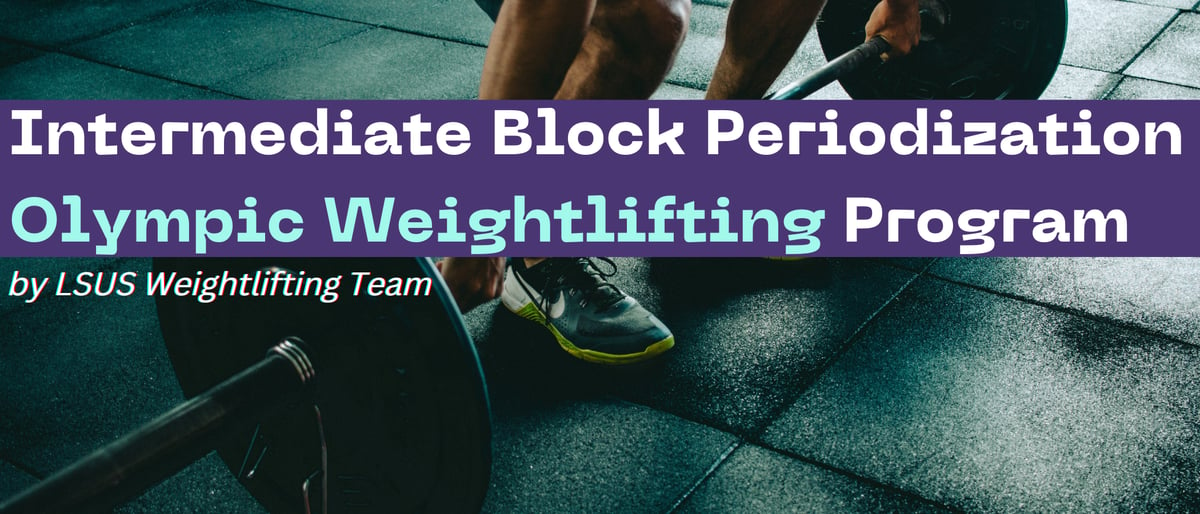
Key Differences between powerlifting and weightlifting
Exercises
Powerlifting focuses on the squat, bench press, and deadlift, while weightlifting involves the snatch and clean and jerk.
Training goals
Powerlifting aims to maximize absolute strength in the three main lifts of squat, bench, and deadlift that are common across the world, whereas weightlifting focuses on developing explosive power and technique in the snatch and clean and jerk.
Technique and learning curve
Weightlifting has a steeper learning curve due to the complexity of the movements, while powerlifting exercises are generally easier to learn.
Equipment
Powerlifting requires a squat rack, bench, and barbell, while weightlifting requires a weightlifting platform, bumper plates, and a specialized barbell.
Athleticism
Weightlifting places a greater emphasis on speed, flexibility, and coordination, while powerlifting focuses on raw strength.
Powerlifting vs. Weightlifting FAQs
Are powerlifting and weightlifting the same thing?
No, powerlifting and weightlifting are two distinct strength sports. Powerlifting focuses on increasing strength in the squat, bench press, and deadlift, while weightlifting, or Olympic weightlifting, involves the snatch and clean and jerk, with an emphasis on explosive power and technique.
Can I train for both powerlifting and weightlifting at the same time?
While it's possible to train for both simultaneously, it's generally more effective to focus on one sport at a time due to the different training goals, techniques, and exercises involved in each.
Is powerlifting or weightlifting better for building muscle?
Both powerlifting and weightlifting can help build muscle, but the specific muscle groups targeted and the training focus differ between the two sports. Powerlifting, with its focus on slow and controlled power lifts, tends to result in more significant gains in lower body and upper body pushing strength, while weightlifting can lead to improvements in explosiveness and total-body muscle development, particularly in terms of leg strength.
Which sport is better for beginners?
Powerlifting is generally more accessible to beginners due to the simpler exercises and easier learning curve. However, both sports can be suitable for beginners if approached with proper coaching, technique, and programming.
Can I participate in powerlifting or weightlifting if I'm older or have a history of injuries?
Yes, with proper coaching and modifications, both sports can be adapted for individuals of all ages and fitness levels. It's essential to consult with a healthcare professional and a qualified coach to ensure you're engaging in these activities safely.
Which sport is better for fat loss?
Both powerlifting and weightlifting can contribute to fat loss when combined with a proper nutrition plan and additional conditioning work. The best choice will depend on personal preferences and goals, as well as which sport you enjoy and are more likely to stick with.
Do I need special equipment for powerlifting or weightlifting?
Powerlifting requires a squat rack, bench, and barbell, while weightlifting requires a weightlifting platform, bumper plates, and a specialized barbell. Additionally, both sports may benefit from using weightlifting shoes or weightlifting belts, and other supportive gear that can be put right in your gym bag.
How long does it take to see results from powerlifting or weightlifting?
Results vary depending on factors such as individual genetics, training experience, and consistency. Generally, you can expect to see strength improvements within a few weeks of starting either sport, with more significant changes in muscle size and body composition occurring over several months.
How often should I train for powerlifting or weightlifting?
Training frequency depends on factors such as experience level, recovery ability, and training goals. In general, powerlifters typically train three to five days per week, while weightlifters train three to six days per week.
Can I compete in powerlifting or weightlifting without any prior experience?
Yes, there are local and regional competitions for both sports that cater to beginners and experienced lifters alike. It's a good idea to work with a coach to ensure proper technique and programming before entering a competition.
Conclusion
Powerlifting and weightlifting are both effective ways to improve strength, but they differ in terms of exercises, training goals, technique, and equipment. If you're interested in maximizing your strength through strength training and have a preference for simpler exercises, powerlifting may be a better fit for you. On the other hand, if you're drawn to the technical and explosive nature of weightlifting and want to develop a well-rounded athleticism, weightlifting might be the way to go for maximum strength. When considering which type of lifting is right for you, it's important to keep in mind the main differences between powerlifting and weightlifting.
Ultimately, the best choice will depend on your personal preferences, goals, and available resources. Whichever path you choose, remember that consistency, proper technique, and smart programming are crucial to achieving success in either sport.
Be sure to follow Boostcamp on Instagram and subscribe on YouTube!
